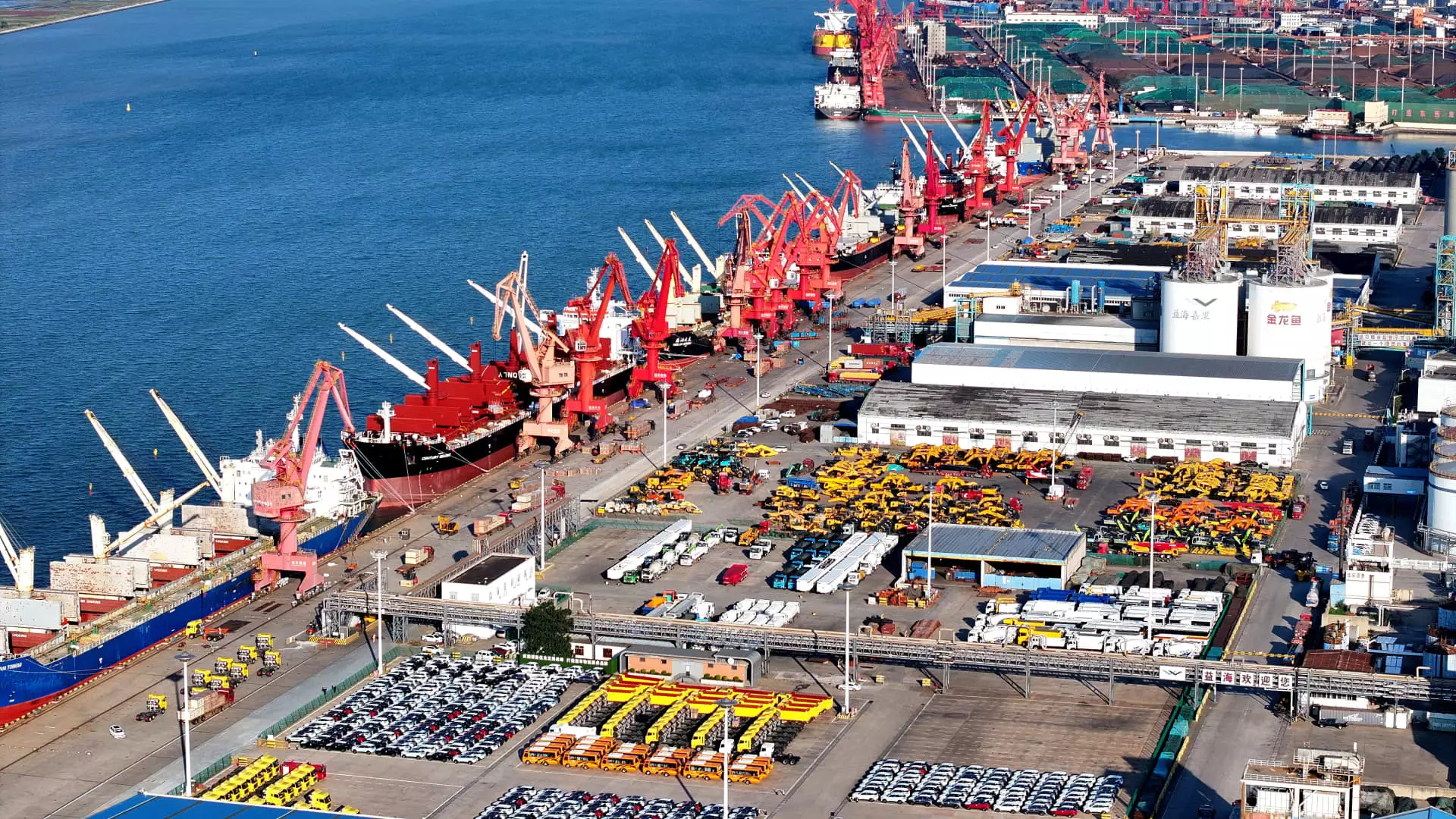In October, China experienced a troubling downturn in industrial profits, which fell by 10% year-on-year. This decline marks a continuation of a concerning trend, with September witnessing an even steeper drop of 27.1%—the largest decrease since March 2020. This persistent weakening in corporate earnings presents a bleak picture for the Chinese economy, underlining the limitations of Beijing’s ongoing stimulus efforts intended to revitalize the industrial sector.
Industrial profits serve as a critical metric for gauging the financial health of manufacturing, mining, and utility companies across China. The National Bureau of Statistics (NBS) disclosed that for the first ten months of the year, industrial profits had diminished by 4.3% compared to the previous year, a decline more significant than the 3.5% showing up to September. These figures reveal that the anticipated recovery following governmental financial interventions is yet to materialize substantially.
Despite the grim statistics, officials claim that some sectors are starting to show signs of improvement in profitability, particularly in high-tech and equipment manufacturing. NBS statistician Yu Weining highlighted this progress, indicating that certain industries enjoyed increased margins due to governmental measures. However, the reality behind these numbers is complex. Many experts, such as Eugene Hsiao from Macquarie Capital, caution that while there may be a deceleration in profit declines, it is occurring from a low baseline and that any improvement is likely to be fleeting.
Moreover, the response to external pressures cannot be ignored. Local exporters have been rushing shipments to the United States, likely in anticipation of looming tariff increases. This “one-off demand” may create artificial spikes in profits that obscure the underlying economic challenges China faces, such as a sluggish domestic consumption landscape and exacerbated deflationary pressures.
China’s consumer prices are also displaying signs of weakness, with the consumer price index (CPI) rising just 0.3% year-on-year in October, a disappointing figure that reflects the slowest growth rate since June. Concerningly, the producer price index (PPI) saw a more significant decline, decreasing by 2.9% compared to the previous year. This persistent deflation is detrimental to businesses, as falling prices can erode profit margins further, creating a self-reinforcing cycle of economic stagnation.
Real estate, a cornerstone of China’s economic architecture, is enduring a particularly troubling phase, with fixed asset investments in the sector plummeting by 10.3% year-on-year through October. This represents a deeper contraction than the previous month’s decline of 10.1%, suggesting continuous investor apprehension regarding housing market stability. In stark contrast to this environment of decline, retail sales did exhibit positive growth, with an impressive 4.8% increase year-on-year in October, bolstered perhaps by increased consumer spending during the festive season.
As China grapples with its economic hurdles, authorities have intensified calls for further stimulus measures in a bid to achieve a growth target of “around 5%.” The anticipation surrounding forthcoming economic indicators, particularly the manufacturing purchasing managers’ index (PMI) for November, is palpable. Forecasts suggest a slight increase to 50.3, indicating marginal expansion as opposed to contraction, though whether this trend will hold remains uncertain.
China’s industrial sector is at a crossroads. While government interventions show potential for creating short-term gains, the deep-rooted issues of consumption slowdowns, prolonged real estate crises, and deflation require comprehensive strategies rather than sporadic measures. The coming months will be critical; as the government faces mounting pressure to stabilize the economy, the success or failure of these initiatives could profoundly shape China’s economic trajectory in the near future.


Leave a Reply